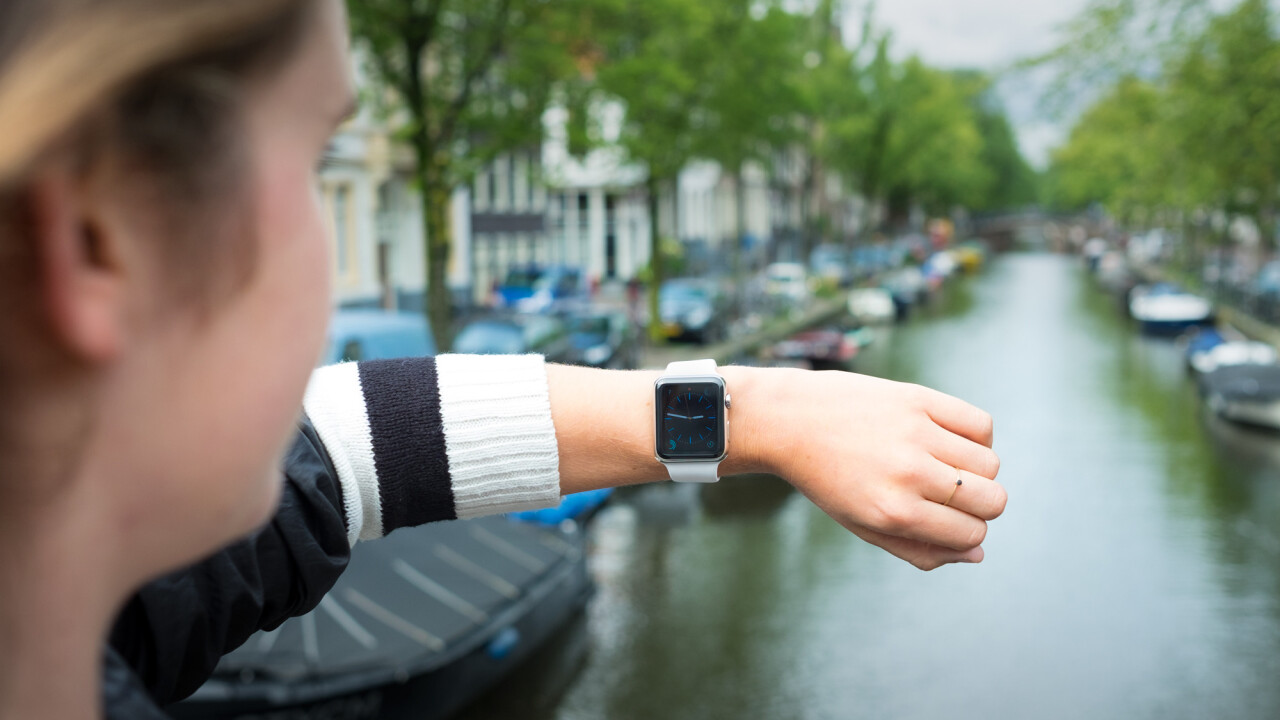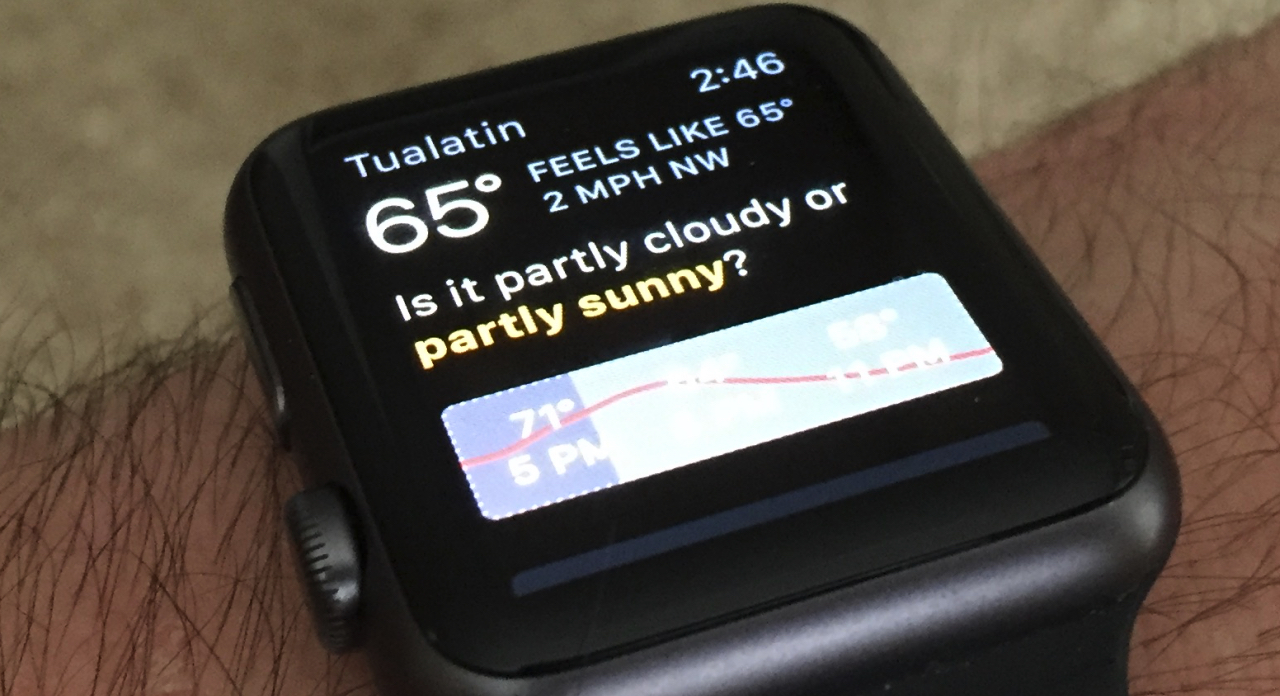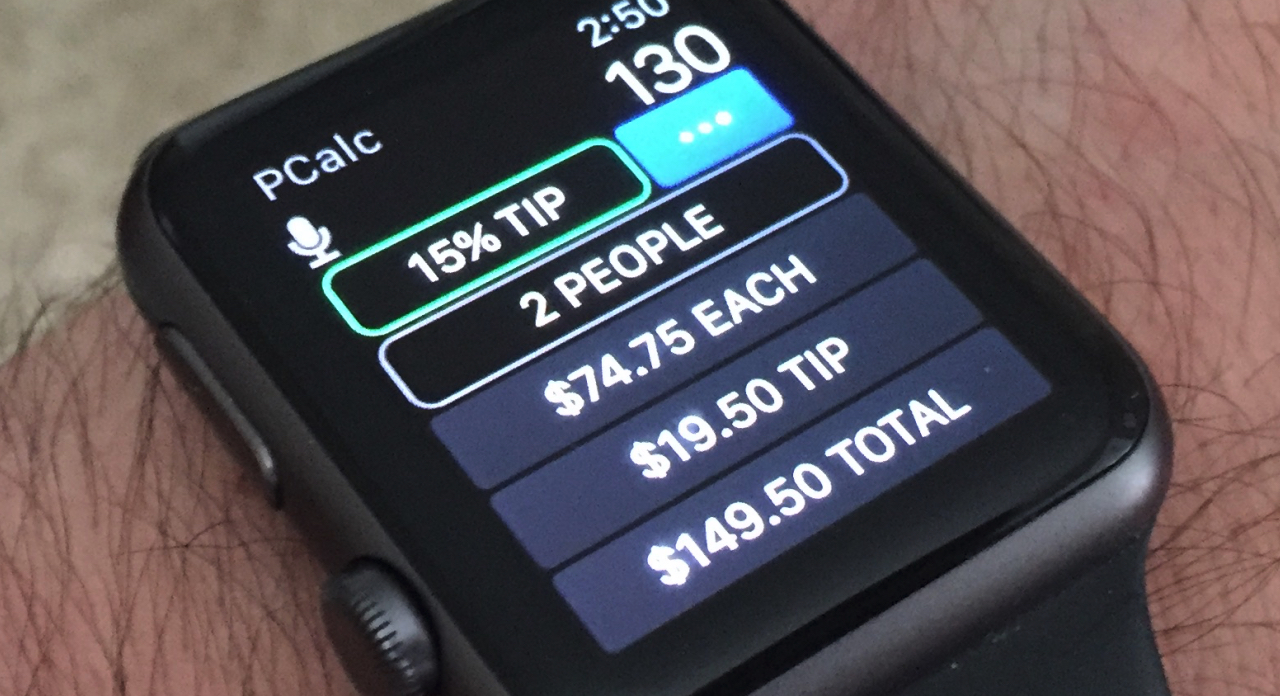
Apple’s watchOS 2 brings native apps and custom complications, which can work in tandem to improve performance. While it’s still early days, we’ve seen what they can do — and we (mostly) like it.
watchOS was slow
A study released earlier this week from Wristly highlights some troubling statistics. The opt-in survey shows that most of us (71 percent) think third-party apps launch too slow on Apple Watch.
The survey relies on the older version of watchOS, but there’s a lot to pick through. When asked about the overall speed of Apple Watch, 21 percent of users were either dissatisfied or very dissatisfied. A staggering 35 percent of developers were unhappy.

Edging into the future
Formerly, all the logic for a watch “app” was held on the accompanying iPhone app as an extension. Your Apple Watch app had to ping your phone for info, and it was all relayed back to a view on your wrist.
It was clumsy, but necessary to get the ball rolling. Now that developers understand what watchOS is all about, Apple’s taking it a step further.
As I wrote in my review of watchOS 2, the older version felt like a placeholder for this operating system. I’ve had an Apple Watch from day one, and at no point did I ever feel as though watchOS was a finished product until its second iteration.
Native apps allow for standalone operation; your apps don’t need to ping your phone for info. They can grab it via a Wi-Fi connection.
The Wi-Fi connection is known to Apple Watch by way of your phone. Any Wi-Fi network you’ve trusted on your iPhone can be used by Apple Watch.
To offer a custom complication, apps must be native to watchOS 2. Like an Android handset where widgets pull info from apps, complications on Apple Watch get info from native apps.

Give and take
There are instances where native apps outshine what was on offer. By and large, it’s a snappier experience that waiting for the watch to ping your phone for info every time.
Still, native apps aren’t perfect. Initial load times are often quite slow, and there seem to be some memory issues as it relates to displaying timely information in the app, but oddly not the complication.
Carrot Weather for watchOS 2 has a complication I really enjoy. It’s replaced Apple’ stock weather app for me, but there are times when the complication displays current info while the app seems to show older data.
A quick refresh of the app does the trick (long-pressing the screen to bring up location), but it’s not ideal.
The same type of thing can be said for DataMan Pro. The complication displays the right data, but the native app loads info slowly.
PCalc for Apple Watch is awesome, but can be slow to load when I use the voice input. I like the overall load time and performance of the app when I just want to do some quick math, but tapping into Siri seems to be a hurdle for the app at times.

Native, not finished
Native apps aren’t the silver bullet many thought they might be. At the very least, native apps need some software tweaks. At best, they’re setting us up for big things with the next hardware version of Apple Watch, which will probably be a big step forward (cellular data, anyone?).
As-is, I think those who were unhappy with Apple Watch’s speed should give native apps a shot. I haven’t seen one yet that’s iPhone-fast, but each is much better than what we had before watchOS 2 came onto the scene.
Get the TNW newsletter
Get the most important tech news in your inbox each week.




